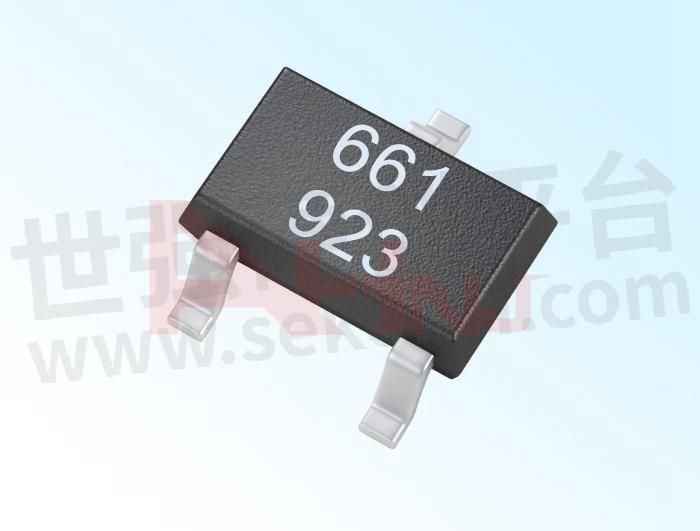Do you know the Precautions when using Hall IC?

Do you know the Precautions when using Hall IC? As a Hall Sensor Suppliers, share with you.
1. Hall is a sensitive device. Take precautionary measures against static electricity during use and storage.
2. Appropriate power supply voltage, load circuit, and operating temperature are prerequisites for the normal operation of Hall IC. The supply voltage, load current, and operating temperature of Hall devices must not exceed the ranges specified in the specifications.
Micropower Omnipolar Hall Sensor
3. The tools used, especially the soldering iron, must be strictly connected to the ground wire to ensure that the soldering iron does not leak electricity, that is, the iron sheet of the soldering iron is grounded. It is best to use a low-voltage thermostat adjustable soldering iron for welding.
4. All equipment should be strictly grounded, and no leakage should be confirmed one by one with an electric pen before starting work.
5. It is required that the printed circuit board and Hall device pins be strictly cleaned so that it has good wettability with solder.
6. Because the mechanical stress will cause the magnetic sensitivity of the Hall device to drift, the mechanical force applied to the device case and the lead should be minimized during installation. If the pin needs to be bent, please operate 3mm away from the root of the lead.
7. Solder the wires in parallel to the pins of the Hall device. Do not move the pins of the Hall device during welding.
8. Recommended soldering temperature: soldering iron, the recommended temperature is 350℃, the longest 5 seconds; wave soldering: the recommended maximum temperature is 260℃, the longest 3 seconds; infrared reflow soldering: the recommended maximum 245℃, the longest 10 seconds.
9. There must be no burrs on the solder joints to avoid puncturing the heat shrinkable tube and causing the short circuit to burn out the Hall device.
10. The heat-shrinkable tube must be placed on the root of the Hall device to ensure that the device is fully insulated. It is best to lay a layer of insulating paper under the heat-shrinkable tube and the lead.
Application of Hall in smart refrigerator
Refrigerators are a type of refrigeration equipment that maintains a constant low temperature and are also a civilian product that keeps food or other items at a constant low temperature and cold state. It is an essential home appliance for every household. The Hall element is also an integral part of the refrigerator.
Hall elements are commonly used in refrigerators to detect the opening and closing status of refrigerator doors. Two magnets, two Hall sensors, and a motor are some of the important components of a refrigerator door. Fix the magnet and the hall on the edges of the refrigerator door and the freezer door respectively, make the magnet and the hall face each other, and judge the refrigerator switch according to the high and low levels generated when the hall approaches or leaves. User prompts will be given through the control system.
- +1 Like
- Add to Favorites
Recommend
- Let’s Know about The Hall Effect Magnetic Sensor
- 2 Reasons To Choose Induction Over Hall Effect Sensors
- Do You Know the Application of Hall Devices in Resolution?
- What is the Method to Detect the Switching Hall IC?
- CH704 AEC-Q100 Qualified, 200A Hall Current Sensor IC with 4800VRMS Reinforced Isolation
- CH701W AEC-Q100 Qualified, 4800VRMS Isolation, Hall Current Sensor IC with Loss of Only 0.8mΩ
- Can Hall Effect Sensor Be Used for Magnetic Field Measurement?
- What is Gauss Rating and How to Use a Gauss Meter
This document is provided by Sekorm Platform for VIP exclusive service. The copyright is owned by Sekorm. Without authorization, any medias, websites or individual are not allowed to reprint. When authorizing the reprint, the link of www.sekorm.com must be indicated.






























































































































































































































































































































































































































































































































































































































































































































































































































































































